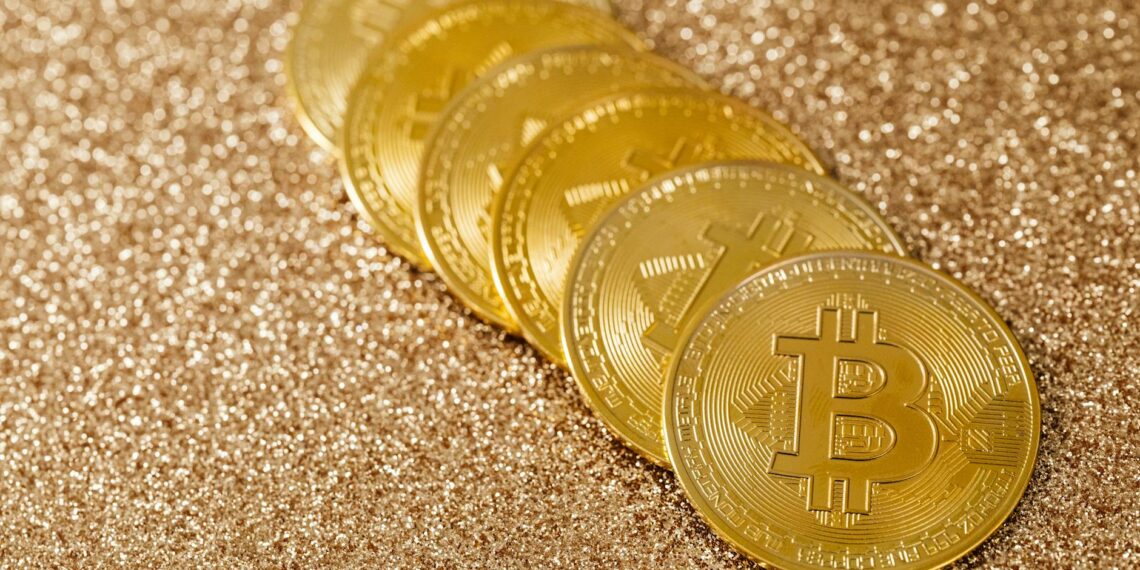The value of a 1914 $20 gold coin, a Saint-Gaudens Double Eagle, depends heavily on its condition (grade) and the mint where it was produced.
Here’s a breakdown of values based on recent data:
- Melt Value: The gold content alone gives a melt value of approximately $3228.20 as of August 17, 2025. However, these coins are primarily valued for their numismatic (collectible) significance, making their market value significantly higher than their melt value.
- Circulated Condition: In circulated condition, a 1914 Saint-Gaudens double eagle is worth between $3375 and $3525, depending on the mintmark.
- Uncirculated Condition (Mint State – MS):
– Lower Mint State Grades (e.g., MS62-MS64): Most surviving 1914 Saint-Gaudens double eagles fall into this category. They are relatively easy to find, with prices starting around $3250 for an MS62 grade. Prices increase with higher grades, such as MS64, which sells for around $6750.
– Higher Mint State Grades (e.g., MS65-MS66): These coins become significantly rarer and more valuable in higher grades. An MS65 grade can reach a value of $31000, while an MS66 can fetch up to $90000. One 1914 MS67 sold for $43,125 in 2008.
– Proof Coins: 1914 proof coins are particularly rare. A Proof 55 example sold for $20,187 in February 2022.
- The better the condition of your coin, the higher its value.
- While 1914 double eagles are not considered rare compared to some other dates in the series, their value is steadily increasing due to collector demand.
- Professional grading by services like PCGS or NGC is recommended to accurately assess the condition and establish the value of your 1914 gold coin.
Note: Prices are subject to market fluctuations and represent estimates based on recent data. It’s always best to consult with a reputable coin dealer or authenticator for the most up-to-date and accurate valuation of your specific coin.









What coin is worth $19 million?
A gold coin that was minted in 1933 called the Double Eagle was auctioned in 2021 for $18.9 million. Its value is centered in history. “It had sold originally in 2002 for a touch over $7 million after it came to the market. And then recently it sold for almost $19 million.
How to identify a genuine $20 gold coin?
Check for tool marks.
Look for unusually weak details.
Counterfeits often have luster that is dissimilar to genuine examples. Study the luster on genuine examples to get a sense of what the luster should look like.
A “stock edge” was often used by counterfeiters to produce multiple dates.